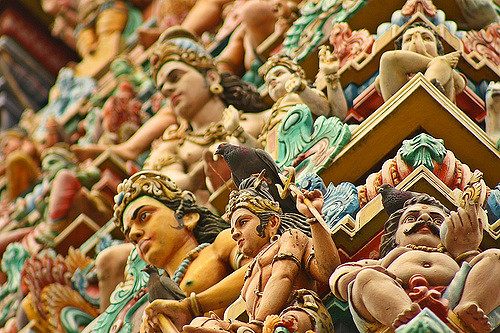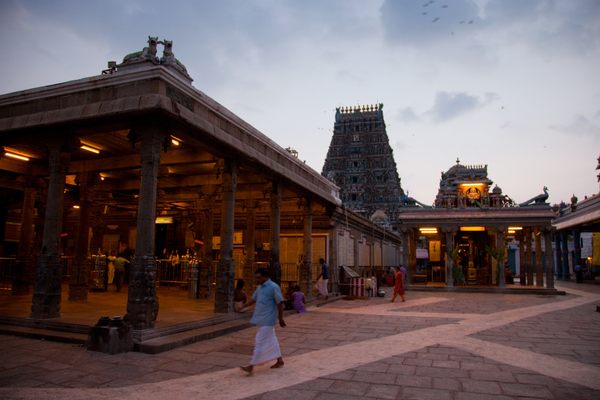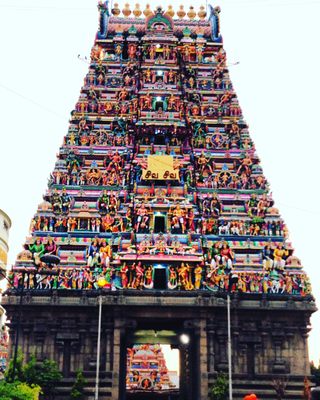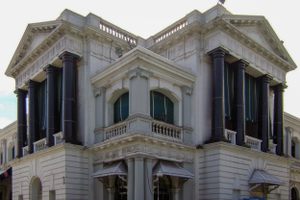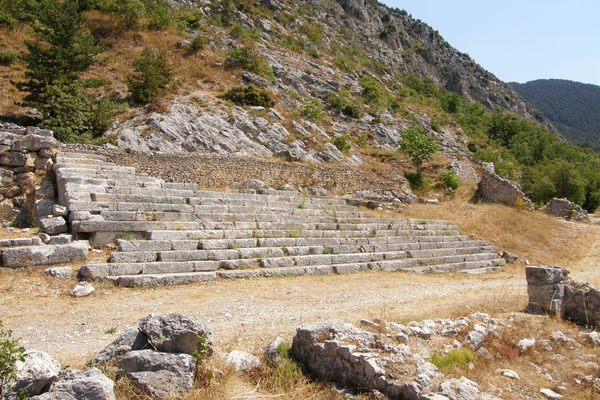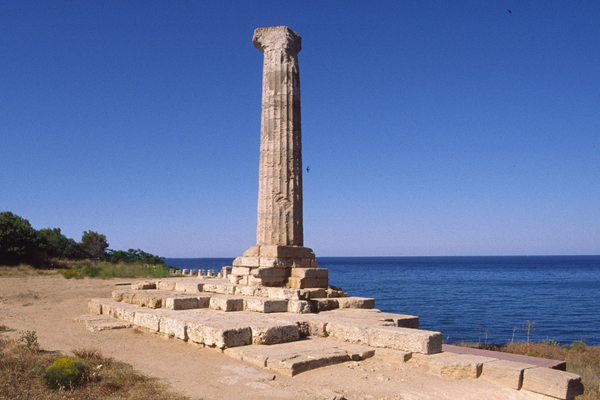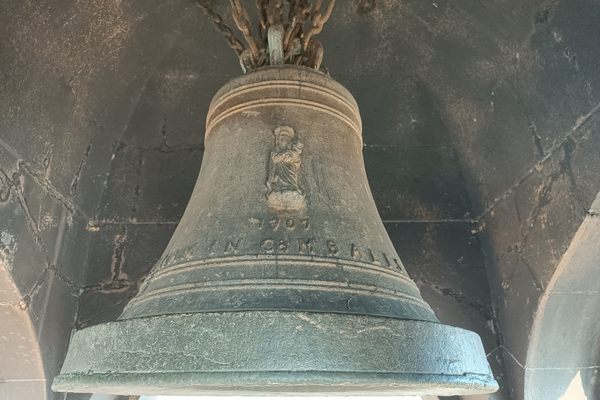About
The coastal south Indian city of Chennai is one of the oldest in the country, part of the Madras Presidency during British rule. But Mylapore, a neighborhood of Chennai, even predates the city itself, with historical records from the area dating back to the first century BCE.
Mylapore derives its name from the Tamil word mayil, meaning peacock, from a time when dancing peacocks were a common sight there. Today the peacocks have been replaced by motor vehicles, and maritime traders replaced by modern commercial establishments. But Mylapore still stands, as does its cultural and religious center, the Kapaleeshwarar temple.
The temple is a shrine to the Hindu god Shiva and his consort Parvati and is one the of the busiest in the city, drawing both pilgrims and tourists. The original temple was constructed by rulers of the Pallava dynasty, and was located closer to the seashore. After that was destroyed, the current temple was built over 300 years ago in the traditional architectural style that includes a gopuram or a painted and intricately carved tower gateway, a central shrine surrounded by smaller ones, and a massive temple tank.
The tank, whose walls are painted in the holy colors of red and white, has a central platform around which a barge makes its way during the annual festival of Thai Poosam, which celebrates the season’s abundant rainfall that fills the tank. Another major festival is the Arubathimoovar, where the temple’s deities and saints are placed on decorated chariots and taken in procession around the temple. Mylapore, always buzzing with activity, transforms into a whirlwind of faces, flowers, food, and music during the annual festivals.
The temple and tank are surrounded by four streets that are, today, home to both big stores and small stalls selling flowers and knick-knacks. The maada streets, as they’re called locally, are a good place to pick up traditional clothes and jewelry, and artifacts made of silver and brass. The small chaotic side streets are also full of local outlets serving snacks like pakodas or vegetable fritters, polis or sugar-coated crepes, and the trademark extra-strong filter coffee.
A walk around Mylapore is a great way to experience the ethos of an ancient south Indian temple and the commerce and ecosystem that surround it.
Related Tags
Know Before You Go
Mylapore and the temple are easily accessible by road, though parking can be a problem around the temple. Men who drive the local black and yellow autos are very familiar with the area and can be directed using terms like 'Mylapore Tank' and 'Kabali kovil'.
It is also well-connected by public buses, and the MRTS train system.
Delhi and Rajasthan: Colors of India
Discover Colorful Rajasthan: From Delhi to Jaipur and Beyond.
Book NowPublished
March 8, 2017
